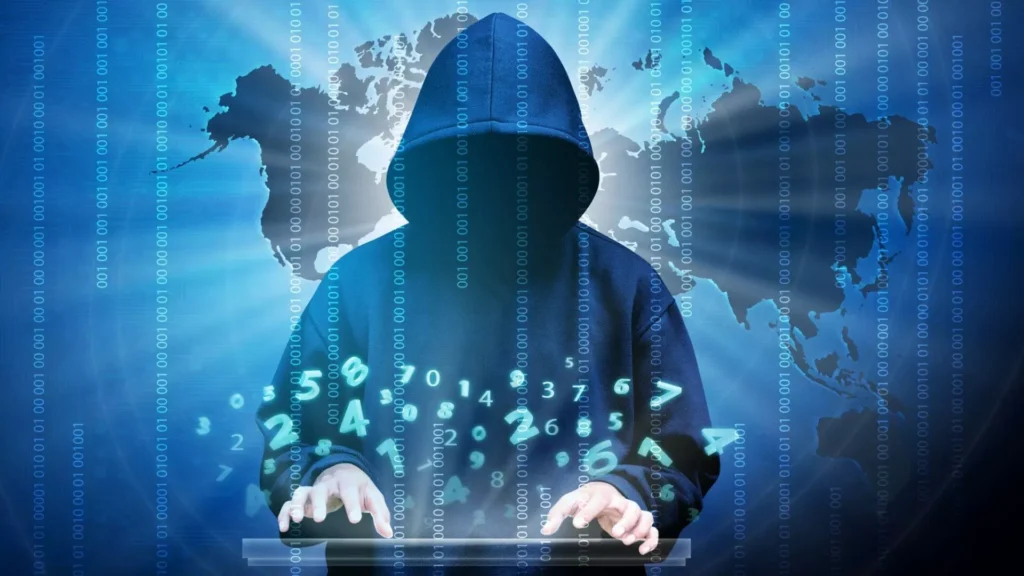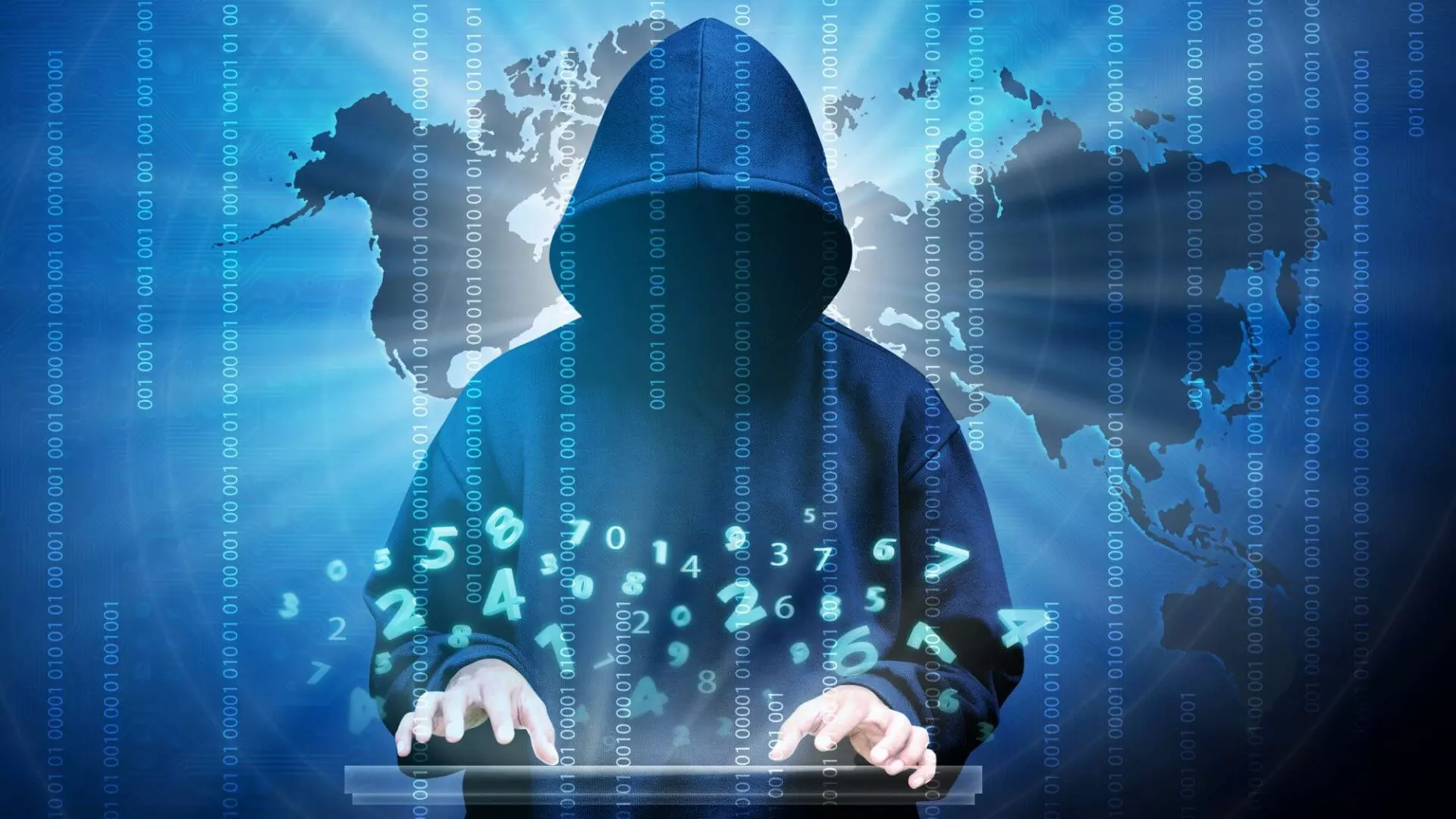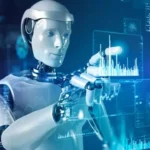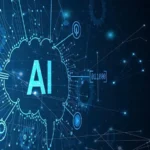As companies continue moving more of their operations online, the threat of cyberattacks is growing. Hackers are finding new ways to exploit vulnerabilities and steal sensitive data. However, AI is emerging as a powerful tool that can help detect cyberthreats and protect companies from these online risks.

Content
Detect Cyberthreats and Online Risks
AI has the ability to analyze massive amounts of data at speeds far beyond what humans are capable of. It can scan websites, emails, network traffic and more to detect anomalies that could indicate a cyberthreat. By training AI systems on historical cyberattack patterns and common hacking techniques, they learn to recognize the signs of an intrusion or data breach. This allows them to detect cyberthreats much earlier than traditional security solutions.
One key way AI helps is through network monitoring. AI systems can continuously monitor a company’s network traffic for anything unusual. They learn the “normal” patterns of traffic and users on the network.
Then they watch for deviations that don’t match expected behaviors. For example, an AI may detect a suspicious number of login attempts from an unknown location. Or it notices an employee accessing parts of the network they don’t normally use. These anomalies could signal an active cyberattack attempting to steal credentials or move laterally within the network. By detecting threats at this early stage, AI gives security teams time to respond before damage occurs.
AI is also very effective at email and web scanning. It can analyze the content of every email that comes into or goes out of a company. The AI learns to recognize common phishing email patterns and flags any messages that appear suspicious.
Things like unexpected attachments or links, poor grammar/spelling, and requests for personal information are all red flags an AI is trained to spot. Similarly, AI can scan company websites around the clock to detect if they’ve been compromised or altered without permission. This level of constant monitoring would be impossible for humans alone.
AI Assisted Security Operations
While AI plays an important role in detection, human security analysts are still needed to investigate and respond to potential threats. Here AI acts as an assistant to help analysts work more efficiently. For example, security information and event management (SIEM) systems use AI to correlate logs and events from across an organization’s IT infrastructure. They then present the most relevant threats to analysts for review, saving valuable time over manual searching.
AI can also prioritize alerts based on their determined level of risk. It analyzes all the contextual details around an alert, like the department it came from, time of day, past behaviors of the user or device, etc. to assess how severe a threat may be. This allows analysts to focus first on the incidents that pose the greatest danger if not addressed promptly. AI essentially acts as a filter and intelligent assistant to help overwhelmed security teams work smarter.
Continuous Monitoring with Machine Learning
What sets AI-based security apart is its ability to continuously learn and improve over time. As threats evolve, so do the machine learning models behind AI systems. They are constantly training on new examples of both normal and abnormal behaviors captured from an organization’s network. This ongoing learning allows the models to recognize even subtly different variations of known threats. It also helps them detect brand new types of attacks that have never been seen before.
As an AI system monitors a network 24/7, it is exposed to petabytes of new data every day. This additional real-world experience enhances its abilities. A model trained only on historical examples may miss subtle clues in new threats. But with continuous learning, the AI incorporates the latest insights to stay ahead of hackers’ changing tactics. It can even detect insider threats by recognizing when authorized users start exhibiting risky behaviors that deviate from their normal patterns.
This constant improvement process sets AI apart from static rules-based security tools. Rules can only detect what they were explicitly programmed for. But AI adapts to the evolving landscape of cyber risks through machine learning. It gives companies an important advantage in protecting their critical data and systems from the latest online dangers.
AI Security – The Future is Now
While still an emerging technology, AI is already proving its worth for enhancing cybersecurity defenses. Forward-thinking companies understand AI will be crucial for detecting cyberthreats in the complex digital environments of tomorrow. Sites like bestpromptaihub.com are dedicated to offering users helpful ChatGPT prompts to learn more about leveraging AI.
As networks and attack surfaces continue expanding, traditional security methods will struggle to keep up. But AI has the scalability, speed and learning agility needed to detect even the stealthiest of 21st century cyberthreats. With machine learning playing a growing role, companies can feel more confident protecting their operations and customers from online risks. The future of AI-powered security is here – and it’s only going to get smarter.
FAQs
Is AI a replacement for human cybersecurity analysts, or do they work together?
AI is not meant to replace human analysts but rather to assist and augment their capabilities. AI acts as an intelligent assistant that handles initial detection and prioritization of threats. This frees up analysts to focus on the most serious incidents requiring human judgment, investigation skills and critical thinking that AI cannot yet match. The relationship is one of human-AI collaboration for optimal security.
How accurate are AI systems at detecting cyberthreats compared to traditional tools?
Studies have found AI to be significantly more accurate than rules-based security products at detecting both known and unknown threats. One report showed AI achieving up to 98% accuracy in detecting common cyberattacks, compared to only 65-75% for traditional signature-based tools. Its ability to learn from massive real-world data also helps AI recognize subtle variations and brand new threats that rules cannot anticipate. While no system is perfect, AI combined with human expertise offers major improvements over conventional methods alone.

Glen Macey is an expert in all things technology. He enjoys writing blogs about how to use the latest software and hardware on the market, while also providing advice for using existing technology more effectively. His favorite pastimes include reading comic books and playing video games.




